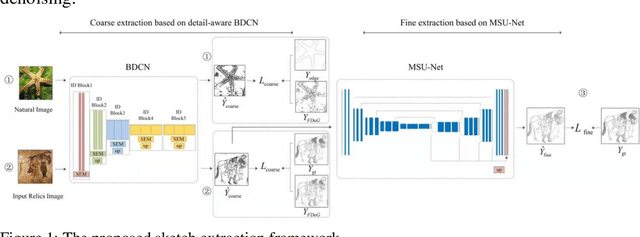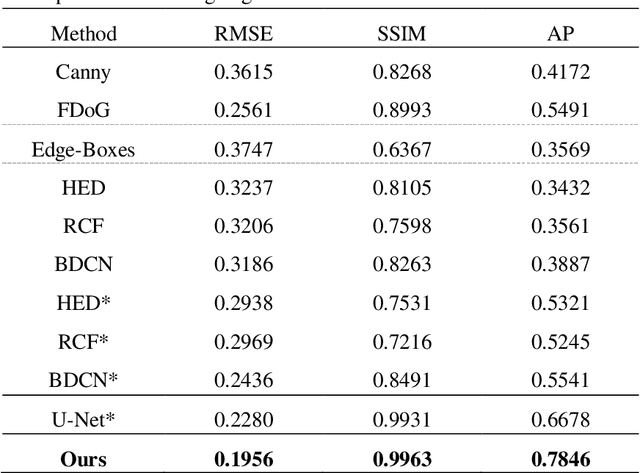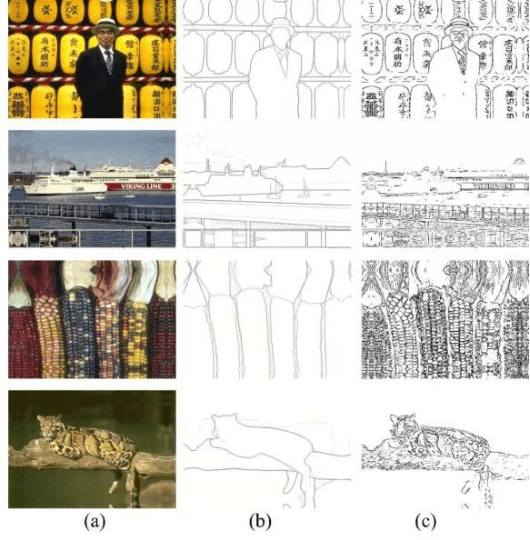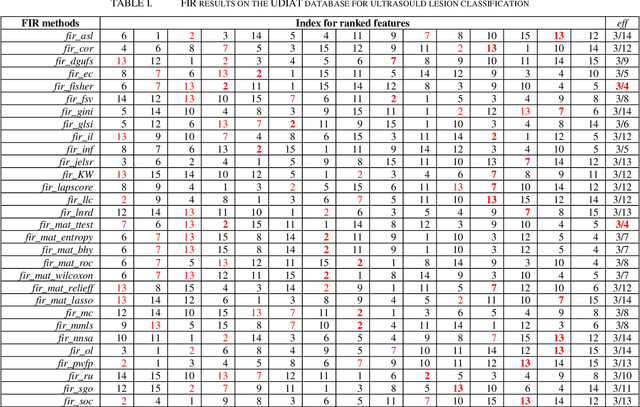Erlei Zhang
A relic sketch extraction framework based on detail-aware hierarchical deep network
Jan 17, 2021



Abstract:As the first step of the restoration process of painted relics, sketch extraction plays an important role in cultural research. However, sketch extraction suffers from serious disease corrosion, which results in broken lines and noise. To overcome these problems, we propose a deep learning-based hierarchical sketch extraction framework for painted cultural relics. We design the sketch extraction process into two stages: coarse extraction and fine extraction. In the coarse extraction stage, we develop a novel detail-aware bi-directional cascade network that integrates flow-based difference-of-Gaussians (FDoG) edge detection and a bi-directional cascade network (BDCN) under a transfer learning framework. It not only uses the pre-trained strategy to extenuate the requirements of large datasets for deep network training but also guides the network to learn the detail characteristics by the prior knowledge from FDoG. For the fine extraction stage, we design a new multiscale U-Net (MSU-Net) to effectively remove disease noise and refine the sketch. Specifically, all the features extracted from multiple intermediate layers in the decoder of MSU-Net are fused for sketch predication. Experimental results showed that the proposed method outperforms the other seven state-of-the-art methods in terms of visual and quantitative metrics and can also deal with complex backgrounds.
A Matlab Toolbox for Feature Importance Ranking
Mar 10, 2020
Abstract:More attention is being paid for feature importance ranking (FIR), in particular when thousands of features can be extracted for intelligent diagnosis and personalized medicine. A large number of FIR approaches have been proposed, while few are integrated for comparison and real-life applications. In this study, a matlab toolbox is presented and a total of 30 algorithms are collected. Moreover, the toolbox is evaluated on a database of 163 ultrasound images. To each breast mass lesion, 15 features are extracted. To figure out the optimal subset of features for classification, all combinations of features are tested and linear support vector machine is used for the malignancy prediction of lesions annotated in ultrasound images. At last, the effectiveness of FIR is analyzed according to performance comparison. The toolbox is online (https://github.com/NicoYuCN/matFIR). In our future work, more FIR methods, feature selection methods and machine learning classifiers will be integrated.
Breast Ultrasound Computer-Aided Diagnosis Using Structure-Aware Triplet Path Networks
Aug 09, 2019



Abstract:Breast ultrasound (US) is an effective imaging modality for breast cancer detec-tion and diagnosis. The structural characteristics of breast lesion play an im-portant role in Computer-Aided Diagnosis (CAD). In this paper, a novel struc-ture-aware triplet path networks (SATPN) was designed to integrate classifica-tion and two image reconstruction tasks to achieve accurate diagnosis on US im-ages with small training dataset. Specifically, we enhance clinically-approved breast lesion structure characteristics though converting original breast US imag-es to BIRADS-oriented feature maps (BFMs) with a distance-transformation coupled Gaussian filter. Then, the converted BFMs were used as the inputs of SATPN, which performed lesion classification task and two unsupervised stacked convolutional Auto-Encoder (SCAE) networks for benign and malignant image reconstruction tasks, independently. We trained the SATPN with an alter-native learning strategy by balancing image reconstruction error and classification label prediction error. At the test stage, the lesion label was determined by the weighted voting with reconstruction error and label prediction error. We com-pared the performance of the SATPN with TPN using original image as input and our previous developed semi-supervised deep learning methods using BFMs as inputs. Experimental results on two breast US datasets showed that SATPN ranked the best among the three networks, with classification accuracy around 93.5%. These findings indicated that SATPN is promising for effective breast US lesion CAD using small datasets.
 Add to Chrome
Add to Chrome Add to Firefox
Add to Firefox Add to Edge
Add to Edge